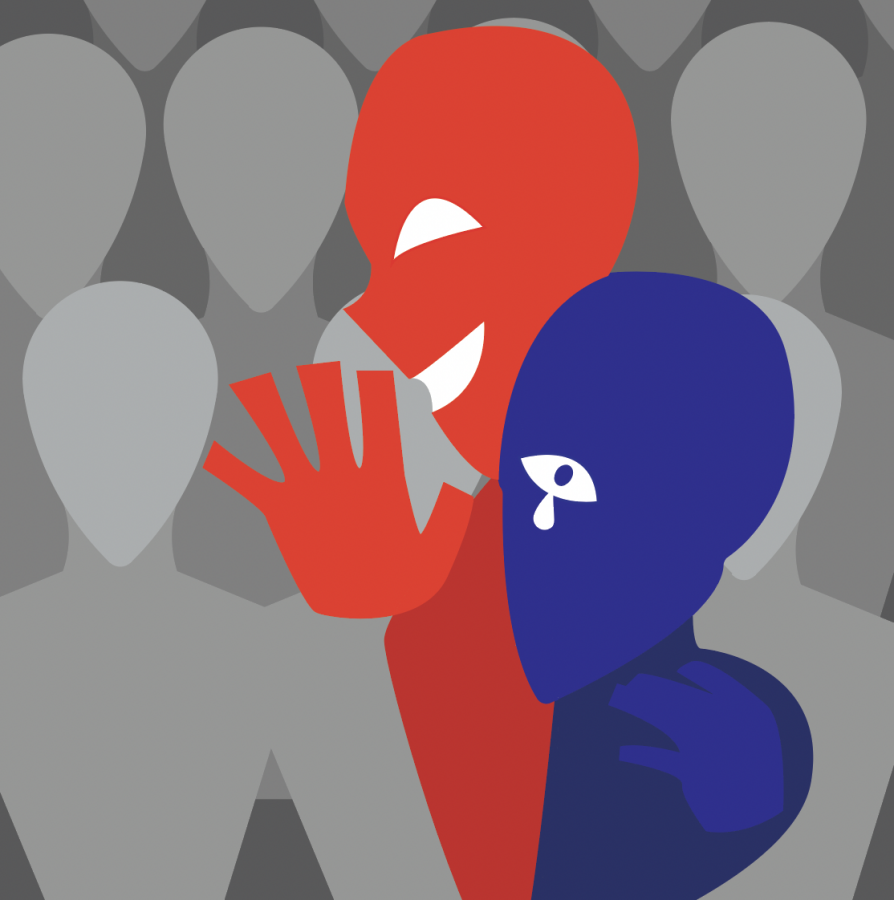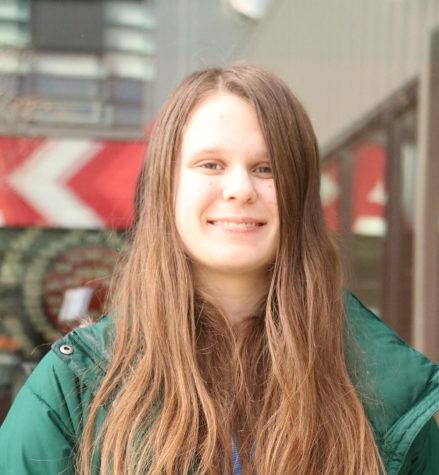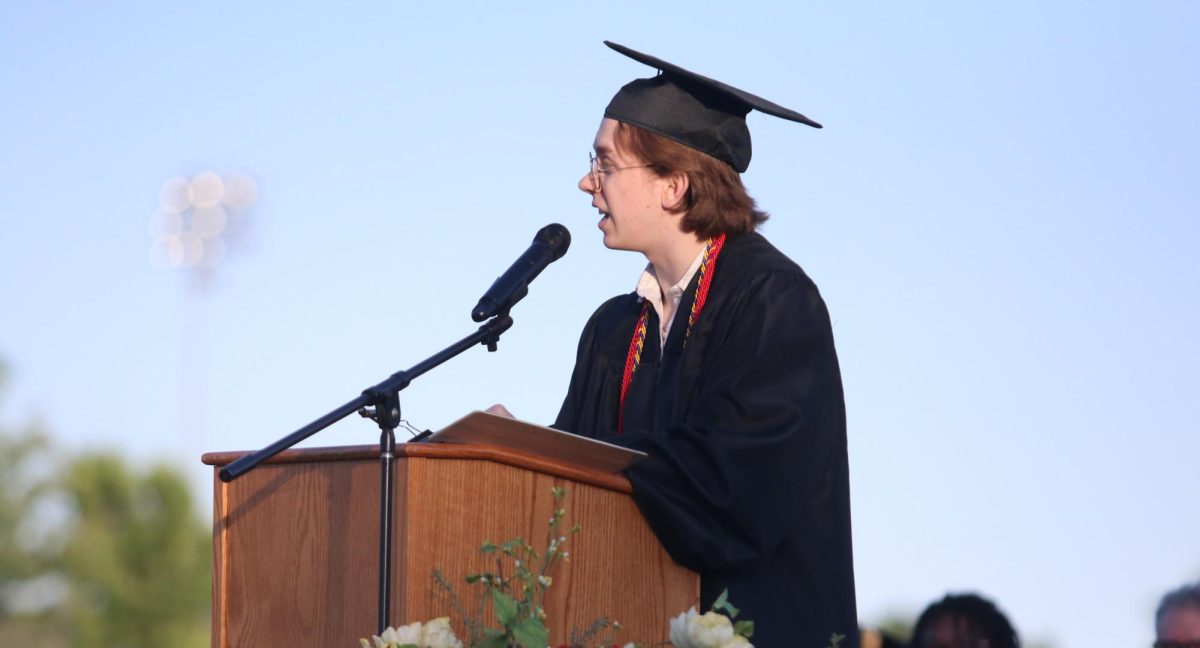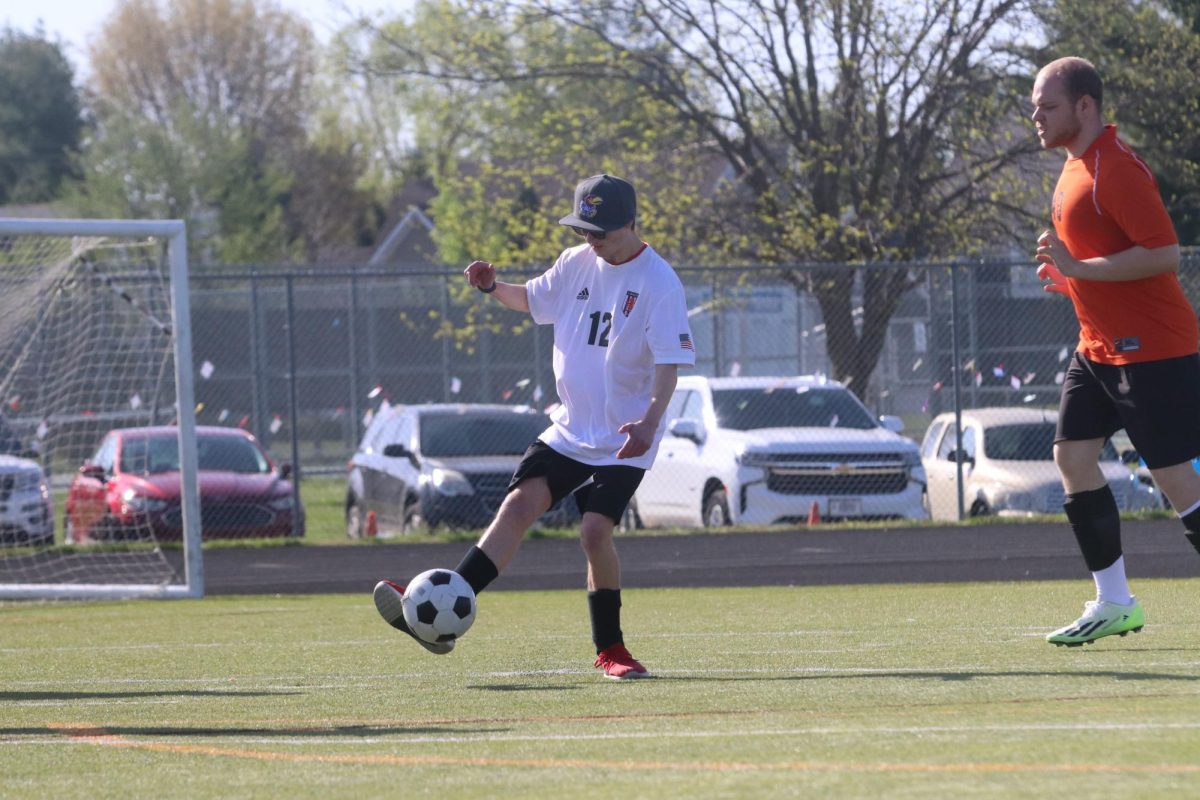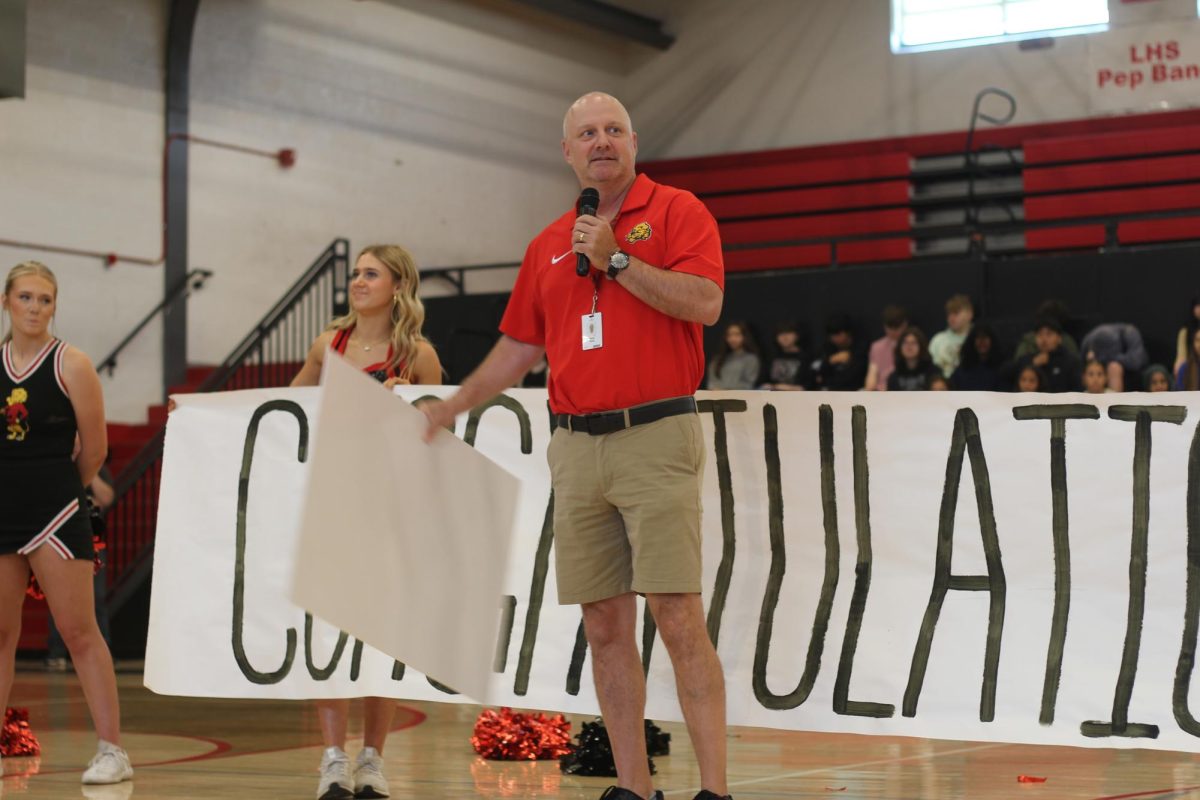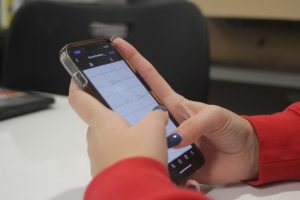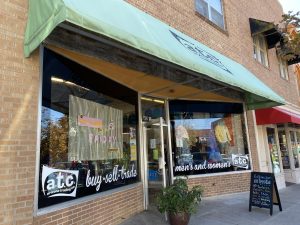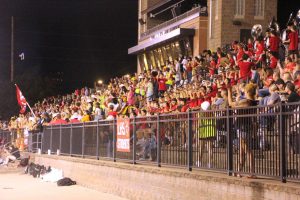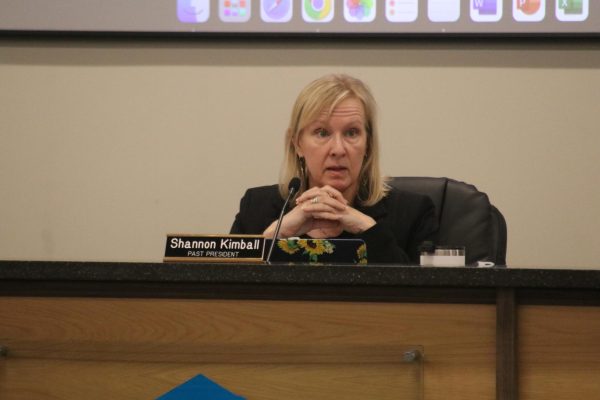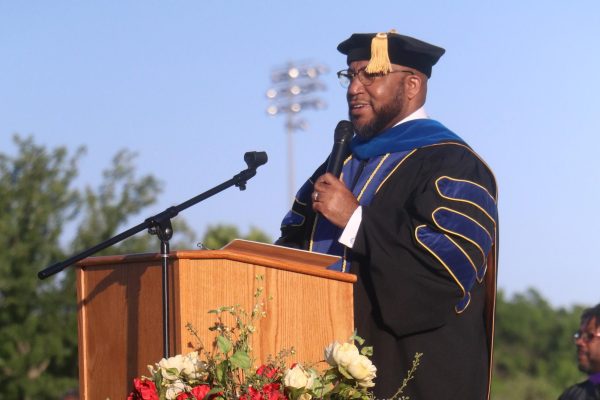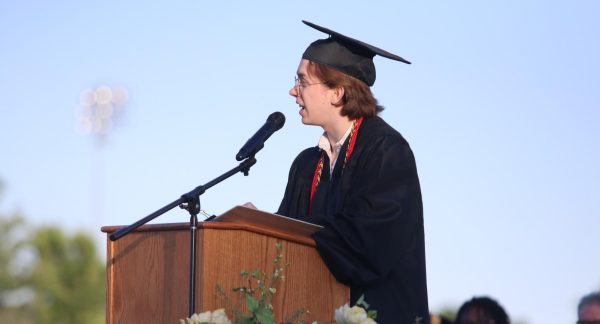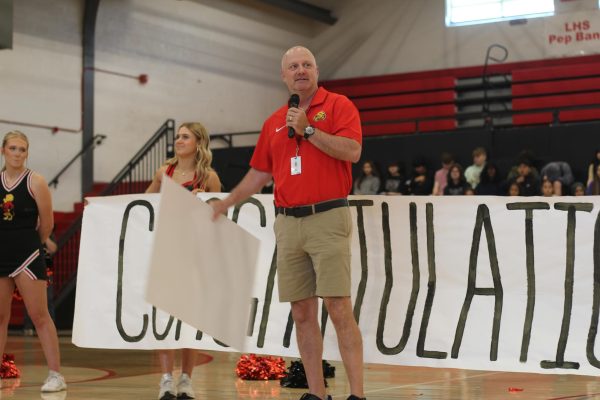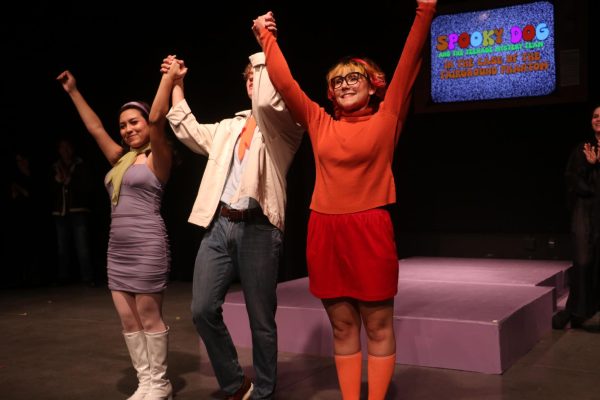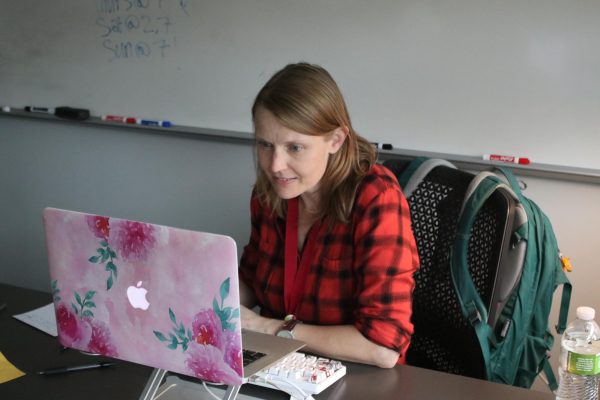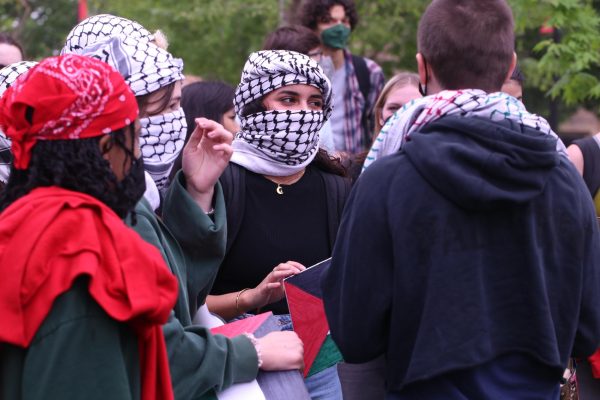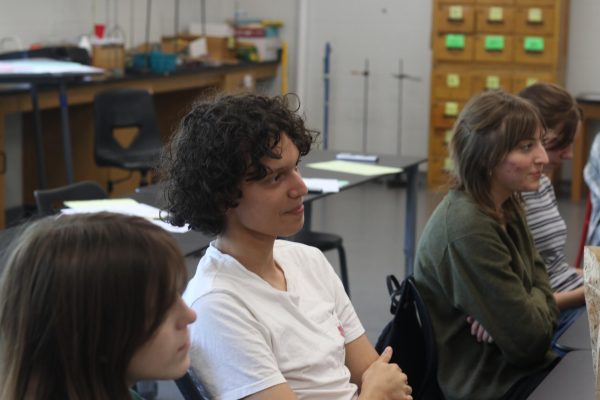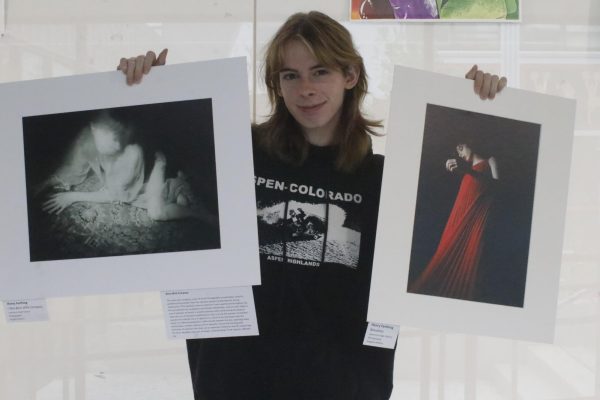Normalizing slurs proves damaging
Social media platforms, like TikTok, contribute to normalizing slurs
Language matters as the prevalence and normalization of slurs and hateful language is a heavy weight on the mental health of those who are targeted by them
December 17, 2021
Like other Black students, sophomore Jean-Luc Esperance said he’s been called just about every racial slur one can imagine.
He’s heard them shouted while out running, normalized in jokes on TikTok and repeated in classrooms.
“I’m an African American student, so that kind of happens on the regular,” Esperance said.
In interviews, students of color agree that racial slurs are widely used at LHS.
“I’d say they’re used pretty often, like almost on a daily basis,” junior Ayo Obadare said.
A lot of factors can contribute to the normalization of racial slurs: common use among friend groups, lack of education or punishment, and social media.
“Honestly it’s something that I’ve had to deal with throughout middle school, so I’m kind of not as sensitive to it,” Obadare said. “They’ve probably never had the right type of discipline for it, or experienced the right punishments. Or know how it feels to be called a slur.”
Students have noticed a correlation between the normalization of slurs and the wide use of social media platforms like TikTok, Instagram and the internet in general.
“There’s a lot of jokes going around on TikTok of racial slurs being said,” Esperance said. “I think TikTok kind of normalized it for some people, so they think it’s OK.”
TikTok, for example, can wind up recommending a steady flow of similar content based on algorithms, which can mean some users get inundated with racist content.
Social media companies have come under fire for their contributing to the spread of hate and misinformation in studies as well as in Congressional inquiries.
A study conducted by the Institute for Strategic Dialogue, a research company which specializes in finding solutions to extremism and polarization, monitored 1,030 TikTok videos during the span of three months. Out of those videos, 30% promoted white supremacy, 24% showed support for an extremist or terrorist, 139 videos were anti-Black, 90 were anti-LGBTQ+, 81 were anti-Muslim, 41 were anti-Asian, 25 were anti-migrant/refugee, and 26 posts denied the existence of the Holocaust. The report said that while some extremist content is removed, it’s done so inconsistently and often after spreading widely.
Because TikTok’s algorithm is set to show users videos similar to those they had previously shown interest in, termed “collaborative filtering”, it can create a negative cycle for users. If a user happens to land upon a racist video, TikTok will show them more.
“It’s different on social media because I feel like people think that they won’t get caught, but they’ll end up getting exposed for it,” senior Litzy Torres said. “I hear about racial slurs being used at our school from social media.”
Even though TikTok regularly monitors videos uploaded to its platform, many offensive videos aren’t taken down because they aren’t considered to violate TikTok’s terms and conditions.
But overtly racist videos aren’t the only problematic ones. Videos that perpetuate stereotypes can normalize behaviors.
In an article written by Brianna Holt of Quartz.com, she notes that white teens on TikTok, “Nonchalantly change their accents, use appropriated slang terms, and demonstrate certain mannerisms for comedy, [and] it’s obvious there is a gap in their understanding of, and respect for, different cultures.”
Videos like these, which may appear comical, spread quickly.
“I think social media plays a big role [in spreading slurs] because so many teenagers have social media and they see all the slurs and that gives them ideas to say slurs,” Torres said.
Holt’s ideas corroborate the concept that teens adopt and interact with the racist behaviors they see in the media.
“As a result of their real-life segregation paired with their access to social media, not only are young people unconsciously perpetuating racist stereotypes, they’re appearing foolish to millions of people online in the process,” Hold said.
The most common slur used among students is the N-word, according to a survey of 266 LHS students. Humor was the most common reason for students using the slur, those surveyed said. But the slur continues to be damaging to people of color.
“Honestly that’s not appropriate,” Esperance said. “That’s not OK, you shouldn’t be doing that to Black kids.”
Students are often surrounded by friends who encourage and foster the use of slurs in their friend groups, students said. They worry that these types of behaviors will only be strengthened and continued unless someone teaches them not to do so.
“I feel like it’s 50/50 among teenagers now because some are educated on slurs and they know it’s not right to say them,” Torres said. “Then with other teens, I feel like they don’t care and they’ll say it regardless, even if they know it’s not right to say.”
Further complicating understanding of the word, teenagers are exposed to Black celebrities and media stars who use the N-word in their songs and daily vernacular, as the word has been reclaimed. That can make some white students think it’s OK for them to say it too because they treat it as slang.
“The fact that a lot of famous rappers and celebrities use slurs sometimes, maybe they take inspiration from that,” Obadare said.
Special education teacher and LHS alumna Ameshia Tubbs said she doesn’t remember many incidents involving racial slurs during her time as a student from 1993 to 1996, although there were still racial divisions.
“It wasn’t like you’d have an incident with somebody, and there’d be a racial slur that came out of their mouth,” Tubbs said. “It was just tension that existed that never got addressed.”
The history of the word still matters, Esperance said .
“That word is rooted in a lot of years of segregation and just all around abuse to people of color in general,” he said.
Esperance said that incidents involving LHS students using the slur make students of color feel unwelcome, unsupported and unheard by their peers and teachers. Punishments, he said, haven’t seemed to have made a difference..
“It seems like my school doesn’t really care honestly,” Esperance said. “These days people don’t care. They don’t want to try, which sucks because I don’t want to get treated this way.”



